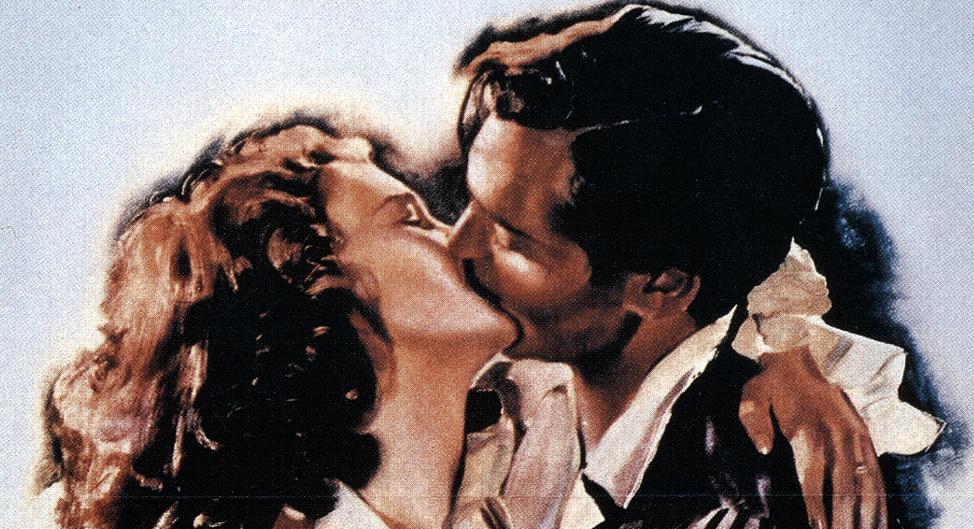Commentary
“Frankly, my dear, I don’t give a ....” You doubtless know the rest of that line, which the American Film Institute rates as the most famous movie quote of all time. This line is from the final scene of “Gone with the Wind” (1939), uttered by Rhett Butler (Clark Gable) as he leaves Scarlett O’Hara (Vivien Leigh), his fiery wife.





